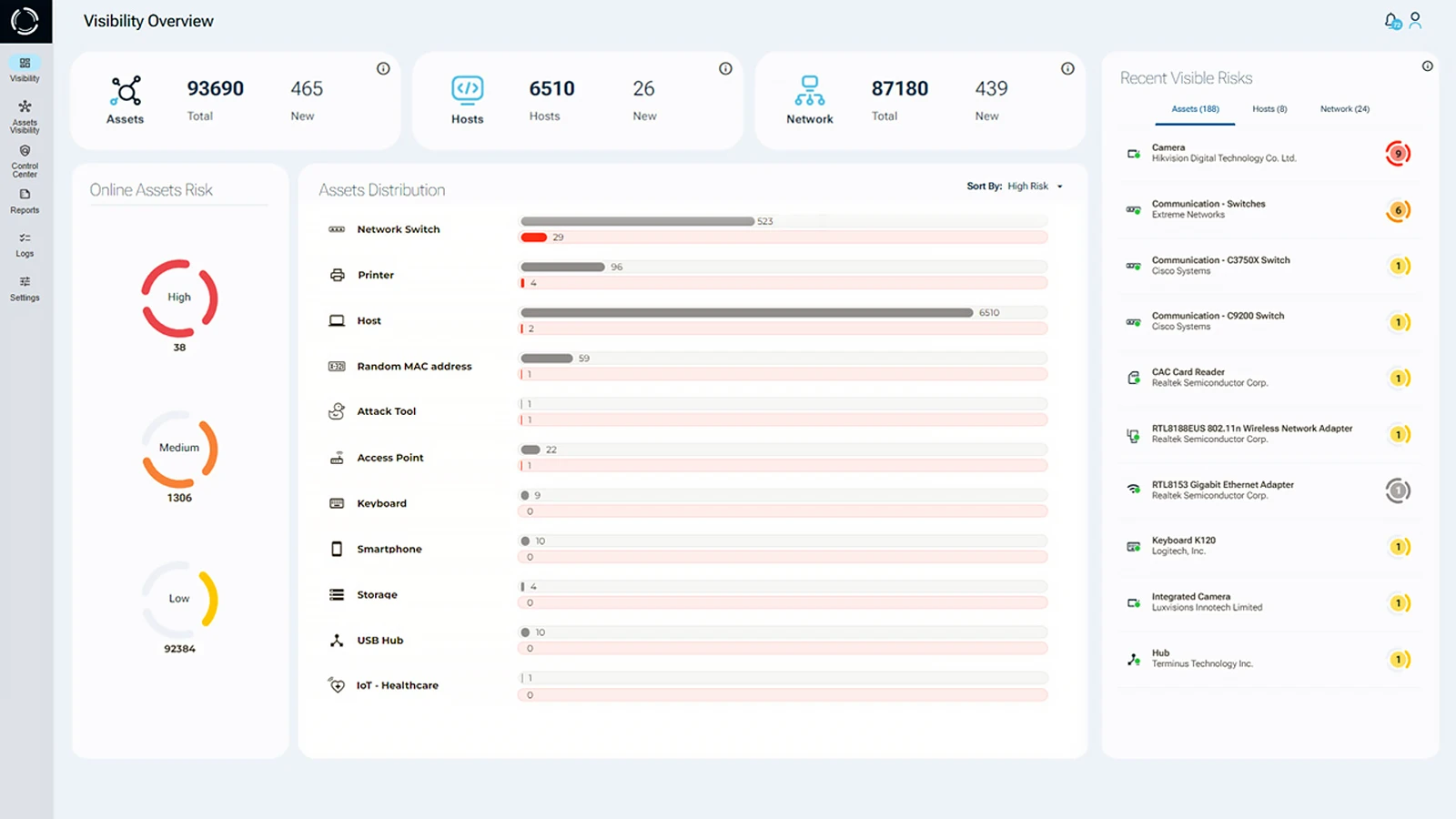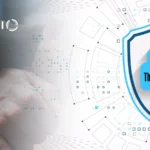Remote Work Cybersecurity Challenges
As organizations adopt flexible work models, the number of remote work cybersecurity challenges is increasing rapidly. Employees working from home offices, co-working spaces, coffee shops, or other locations face a growing array of security vulnerabilities every day. From weak Wi-Fi networks to untrusted hardware, these challenges require adaptive and comprehensive strategies to protect sensitive data and maintain business continuity.
In this blog, we’ll explore the most pressing remote work cybersecurity challenges, including key security risks, unknown hardware threats, and social engineering attacks. We’ll also share practical tips and actionable solutions. Learn how organizations can leverage endpoint visibility, multi-factor authentication (MFA), and hardware access control to secure a distributed workforce.
Why Remote Work Increases Cybersecurity Risks?
As businesses embrace hybrid and remote work models, cybersecurity challenges have grown increasingly complex. Working from home, co-working spaces, or public areas introduces numerous risks that companies must address. From weak Wi-Fi networks to unsecured personal devices, each environment presents unique threats to data integrity. Effectively handling remote work challenges requires tailored security strategies, making strong cybersecurity protocols more critical than ever.
What Are the Most Common Remote Work Security Risks?
Remote work provides convenience and flexibility but also introduces significant cybersecurity risks. Employees working from coffee shops or other public spaces may expose endpoints to malware, phishing, or data theft when using public chargers or unfamiliar networks.
To mitigate these risks, organizations should ensure employees use trusted hardware, secure internet connections, and follow remote work security best practices.
Strong Passwords and Multi-Factor Authentication
One of the simplest ways to reduce remote work cybersecurity risks is by implementing strong passwords and multi-factor authentication (MFA). Employees should be encouraged to use complex, unique passwords and enable MFA whenever possible. These steps significantly reduce unauthorized access to company accounts.
However, even strong passwords aren’t enough. Businesses should also implement protective measures such as virtual private networks (VPNs) and encryption to stay ahead of today’s security threats and challenges.
Preventing Phishing and Social Engineering Attacks
Social engineering attacks, including phishing, have increased dramatically in remote work environments. Hackers often exploit employees’ sense of urgency or unfamiliarity with certain protocols to trick them into divulging sensitive information.
Organizations can reduce this risk by providing regular cybersecurity awareness training. A well-informed and vigilant workforce remains one of the strongest defenses against phishing and other social engineering threats.
Risks of Using Unknown Hardware in Remote Work
Remote work often blurs the line between personal and professional device use. Plugging into a borrowed charger, public USB port, or untrusted peripheral might seem harmless, but it can expose your organization to serious security risks.
Hardware attack tools like BadUSB and malicious cables (e.g., O.MG Cable) can disguise themselves as legitimate equipment, injecting keystrokes, redirecting traffic, or installing backdoors. Even common “juice jacking” attacks, where a public charging station secretly transfers data, can compromise sensitive information.
Why this matters for remote work challenges:
- Unknown hardware can impersonate keyboards, network adapters, or storage media.
- Firmware-level attacks (like BadUSB) often bypass traditional antivirus or endpoint protections.
- Employees working outside the office perimeter are more likely to encounter these challenges.
How to reduce the risk:
- Use only company-issued chargers, cables, and authorized peripherals.
- Avoid public charging ports; charge from a wall outlet with trusted equipment.
- Train employees to never connect unknown hardware to corporate machines.
- Implement hardware access controls and visibility solutions (such as Sepio ARM) to detect and block rogue endpoints at the physical layer.
Bottom line: Unknown hardware is not just an inconvenience. It can be a direct attack vector. Protecting against these threats is essential for overcoming remote work cybersecurity challenges.
Sepio’s Endpoint and Network Solutions
While remote work presents several security challenges, effective solutions are available. Sepio stands out as a leader in Rogue Device Mitigation (RDM), offering comprehensive solutions to address these issues.
- Ultimate Visibility of IT Assets: Sepio’s Asset Risk Management (ARM) technology ensures that no device goes undetected within the enterprise network. Whether dealing with USB gadgets or unmanaged Ethernet switches, Sepio provides unparalleled visibility. This visibility helps organizations strengthen their cybersecurity posture by detecting all devices, regardless of their origin.
- Enhanced Security Through Comprehensive Detection: Gone are the days when businesses relied on manual reporting, outdated inventory lists, or employee compliance alone. Sepio’s platform provides a robust solution to identify risks from vulnerable or rogue endpoints. It also mitigates threats introduced accidentally by employees or intentionally by malicious actors.
- Focus on Hardware Security: Remote work creates challenges such as limited control over device usage and the shortcomings of traditional security solutions. Enterprises must prioritize hardware security as a fundamental aspect of their defense strategy. Sepio’s platform excels in providing visibility across all hardware assets, both on USB and network interfaces.
- Advanced Device Detection and Access Control: Sepio analyzes the physical layer to detect and identify all devices and their true identity. This advanced capability allows organizations to enforce hardware access control policies based on roles and device characteristics, thereby enhancing overall security against remote work security challenges.

Secure Your Remote Work Environment
Implementing the Sepio platform not only addresses immediate threats but also builds a foundation for long-term remote work cybersecurity resilience.
Watch Now: Captain RDM Special Episode #WFH
Explore how remote work introduces hidden device threats, and what steps you can take to stay protected.
Sepio’s patented technology provides unmatched visibility and control at the physical layer. It helps organizations tackle the unique cybersecurity challenges of remote work and build long-term stability. Schedule your demo today to take the first step toward a more secure future.






